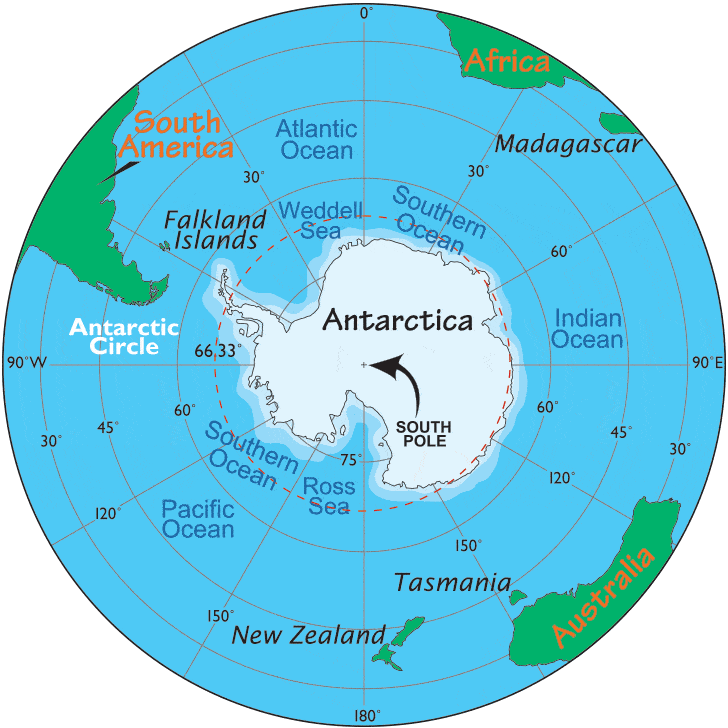





Disclaimer: Copyright infringement not intended.
Context
About Antarctica
Physical Geography of Antarctica
Climate and Waters
Flora and fauna
Indian Antarctic Program
|
PRACTICE QUESTION Antarctica's ice sheets are considered a critical factor in global sea-level rise, and their melting has far-reaching implications for the world. Discuss the primary causes and consequences of Antarctica's ice melt. (250 words) |






© 2025 iasgyan. All right reserved